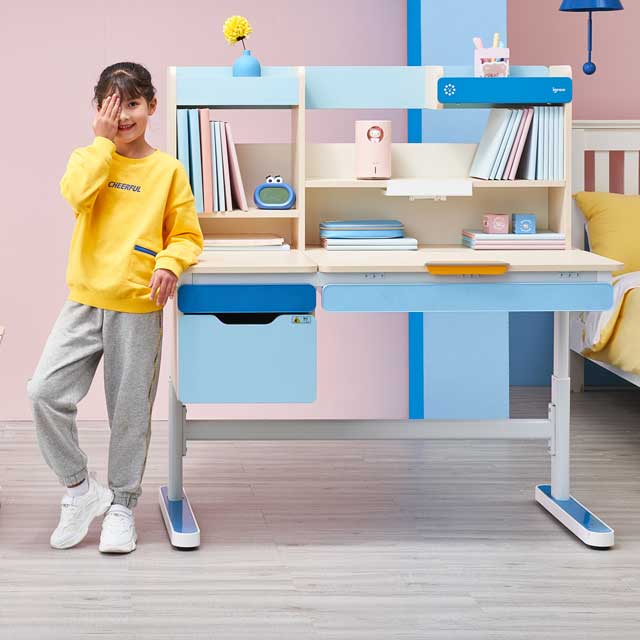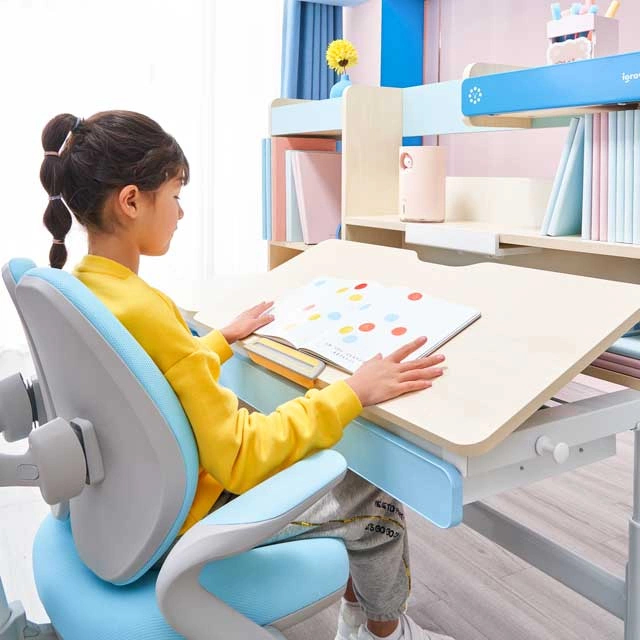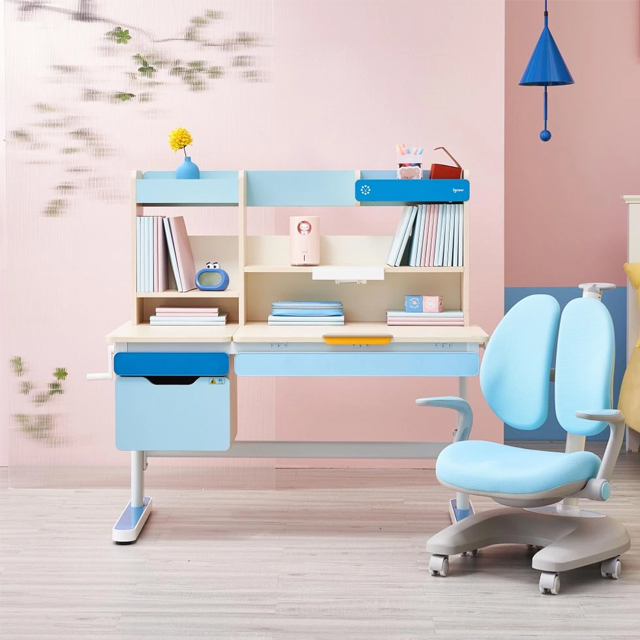Human (Human) Oxidized Low Density Lipoprotein Receptor 1 (LOX-1) ELISA Detection Kit This reagent is for research use only Specimens: serum or plasma
Test principle:
The LOX-1 kit is a solid-phase sandwich enzyme-linked immunosorbent assay (ELISA). Standards with known LOX-1 concentrations and samples with unknown concentrations are added to microwell enzyme plates for detection. First, LOX-1 and biotin-labeled antibody were incubated at the same time. After washing, HRP labeled with avidin was added. After incubation and washing, the unbound enzyme conjugate is removed, and then substrates A and B are added to act simultaneously with the enzyme conjugate. Produce colors. The color depth is proportional to the concentration of LOX-1 in the sample.
Kit contents and preparation kit components (stored at 2-8 ° C) 96-well configuration 48-well configuration Preparation
96/48 serving microplate 1 plate (96T) half plate (48T) ready-to-use plastic membrane plate cover 1 half-plate ready-to-use standard product: 8.0IU / ml 1 bottle (0.6ml) 1 bottle ( 0.3ml) Dilute blank control according to the instructions 1 bottle (1.0ml) 1 bottle (0.5ml) ready-to-use standard dilution buffer 1 bottle (5ml) 1 bottle (2.5ml) ready-to-use biotin-labeled anti-LOX -1 antibody 1 bottle (6ml) 1 bottle (3.0ml) ready-to-use affinity streptavidin-HRP 1 bottle (10ml) 1 bottle (5.0ml) ready-to-use wash buffer 1 bottle (20ml) 1 bottle (10ml ) Dilute according to the instructions Substrate A 1 bottle (6.0ml) 1 bottle (3.0ml) Ready-to-use substrate B 1 bottle (6.0ml) 1 bottle (3.0ml) 1 bottle of stop solution 1 (6.0ml) 1 Bottle (3.0ml) Ready-to-use
Bring your own materials
1. Distilled water.
2. Sampler: 5ul, 10ul, 50ul, 100ul, 200, 500ul, 1000ul.
3. Oscillator and magnetic stirrer etc.
safety
1. Avoid direct contact with the stop solution and substrates A and B. Once exposed to these liquids, rinse with water as soon as possible.
2. Do not eat, drink, smoke or use cosmetics during the experiment.
3. Do not use your mouth to absorb any ingredients in the kit.
Operation notes
1. Reagents should be stored according to the label instructions and returned to room temperature before use. The sparse standards should be discarded and cannot be stored.
2. The slats not used in the experiment should be immediately returned to the packaging bag, sealed and stored to avoid deterioration.
3. Unused other reagents should be packed or covered. Do not mix reagents of different batches. Use before warranty.
4. Use a disposable pipette tip to avoid cross-contamination, and avoid using a sampler with a metal part when drawing the stop solution and substrates A and B.
5. Use a clean plastic container to prepare the washing solution. Mix all components and samples in the kit thoroughly before use.
6. When washing the enzyme-labeled plate, it should be fully patted dry. Do not put the absorbent paper directly into the enzyme-labeled reaction well to absorb water.
7. Substrate A should evaporate to avoid opening the lid for a long time. Substrate B is sensitive to light and avoid prolonged exposure to light. Avoid contact with hands, it is toxic. The OD value should be read immediately after the experiment is completed.
8. The order of adding reagents should be the same to ensure that all wells are incubated for the same time.
9. Perform the incubation operation according to the time, the amount and order of the liquid indicated in the instructions.
Sample collection, processing and storage methods
1. Serum-Avoid any cell stimulation during the operation. Use test tubes free of pyrogens and endotoxins. After collecting blood, centrifuge at 1000 × g for 10 minutes to separate the serum and red blood cells quickly and carefully.
2. Plasma ----- EDTA, citrate and heparin plasma can be used for detection. Centrifuge at 1000 × g for 30 minutes to remove particles.
3. The cell supernatant --- 1000 × g centrifuged for 10 minutes to remove particles and polymers.
4. Storage ------ If the sample is not used immediately, it should be divided into small parts and stored at -70 ℃ to avoid repeated freezing. If possible, do not use hemolysis or hyperlipidemia. If there are a large number of particles in the serum, centrifuge or filter before testing. Do not thaw at 37 ° C or higher. Thaw at room temperature and ensure that the sample is thawed evenly and adequately.
Reagent preparation
1. Standards: Serial dilutions of standards should be prepared during the experiment and cannot be stored. Before dilution, the standard was mixed by shaking. The dilution ratio is as follows:
8.0 IU / ml (No. 6 standard) The original concentration is added directly to 50ul without dilution.
4.0 IU / ml (No. 5 standard) 100ul of the original standard is added to 100ul of standard dilution
2.0 IU / ml (Standard No. 4) Add 100ul of Standard No. 5 to 100ul of Standard Diluent
1.0 IU / ml (Standard No. 3) Add 100ul of Standard No. 4 to 100ul of Standard Diluent
0.5 IU / ml (Standard No. 2) Add 100ul of No. 3 standard to 100ul of standard diluent
0.25 IU / ml (No. 1 standard) 100ul of No. 2 standard added 100ul of standard diluent
0 IU / ml (blank control) The original concentration is directly added to 50ul without dilution.
2. Dilution of washing buffer (50 ×): 50-fold dilution with distilled water.
Steps
1. Before use, mix all reagents thoroughly. Don't make the liquid generate a lot of foam, so as to avoid adding a large number of bubbles during sample addition, which will cause errors in sample addition.
2. The number of slats required is determined by the number of samples to be tested plus the number of standard products. It is recommended to make multiple holes for each standard and blank hole. Each sample is determined according to its own quantity, and those that can use multiple holes can be used as much as possible.
3. Add 50ul of the diluted standard to the reaction well and 50ul of the sample to be tested in the reaction well. Immediately add 50ul of biotin-labeled antibody. Cover the membrane plate, gently shake and mix, and incubate at 37 ° C for 1 hour.
4. Shake off the liquid in the wells, fill each well with washing liquid, shake for 30 seconds, shake off the washing liquid, pat dry with absorbent paper. Repeat this operation 3 times. If washing with a plate washer, the number of washes is increased once.
5. Add 80 ul of streptavidin-HRP to each well, gently shake and mix, and incubate at 37 ° C for 30 minutes.
6. Shake off the liquid in the wells, fill each well with washing liquid, shake for 30 seconds, shake off the washing liquid, pat dry with absorbent paper. Repeat this operation 3 times. If washing with a plate washer, the number of washes is increased once.
7. Add 50ul of substrate A and B to each well, mix gently by shaking, and incubate at 37 ° C for 10 minutes. Avoid light.
8. Remove the enzyme labeling plate and quickly add 50ul of stop solution. After adding the stop solution, the results should be measured immediately.
9. The OD value of each well was measured at a wavelength of 450 nm.
Recommended experimental protocol Standard concentration (IU / ml)
A 8.0 8.0 sample sample sample sample sample sample sample sample sample sample sample
B 4.0 4.0 sample sample sample sample sample sample sample sample sample sample sample
C 2.0 2.0 sample sample sample sample sample sample sample sample sample sample sample
D 1.0 1.0 sample sample sample sample sample sample sample sample sample sample sample
E 0.5 0.5 sample sample sample sample sample sample sample sample sample sample sample
F 0.25 0.25 sample sample sample sample sample sample sample sample sample sample sample
G 0 0 sample sample sample sample sample sample sample sample sample sample sample
H sample sample sample sample sample sample sample sample sample sample sample sample sample
Limitation
The results of standard No. 6 and above are non-linear, and accurate results cannot be obtained based on this standard curve.
Kit performance
1. Sensitivity: The smallest detection concentration is less than No. 1 standard. Linearity of dilution. The correlation coefficient R between the linear regression of the sample and the expected concentration is 0.990.
2. Specificity: Does not react with other human cytokines.
3. Repeatability: The coefficients of variation within and between plates are less than 10%.
Judgment and analysis of results
1. Instrument value: read the OD value of each well on a microplate reader with a wavelength of 450nm
2. Take the absorbance OD value as the ordinate (Y), the corresponding LOX-1 standard concentration as the abscissa (X), and make the corresponding curve. The LOX-1 content of the sample can be converted from the standard curve according to its OD value The corresponding concentration.
3. Detection value range: 0-8.0IU / ml
4. Sensitivity: 0.01 IU / ml
Study Table With Bookshelf Children
The table area is newly upgraded, and the 120cm widened table can free up more space, and parents will be more spacious and study more freely. The height-Adjustable Study Table for children has 9 storage areas, which can make the table tidy and easy to use.
Detachable bookshelves, children can move and combine freely. Different storage methods are used at different school age stages, so that large and small objects can be stored easily, so that storage is not limited. The newly designed children's study table and chair can be stretched back and forth 12cm to fit the child's back, so as to achieve a truly upright sitting posture, and the back of the chair can be stretched in real time. .
Study Table With Bookshelf Children selects imported solid wood mountain, the formaldehyde emission is lower than the international F4 star standard, more environmentally friendly than tap water, strong and durable, and not easy to deform for a long time. The height range of 52-76cm table board is adjusted according to the table leg scale, which matches the height of the child's growth stage of 120cm-180cm. The hidden reading rack is convenient for placing books and tablets to avoid long-term bowing, which can better maintain the scientific sight distance14 and prevent myopia. 4 modes can be adjusted, reading, writing and drawing are all done.



desk bookshelf combo,desk with bookshelf,double desk with storage,children's desk for small spaces
Igrow Technology Co.,LTD , https://www.szigrowdesks.com